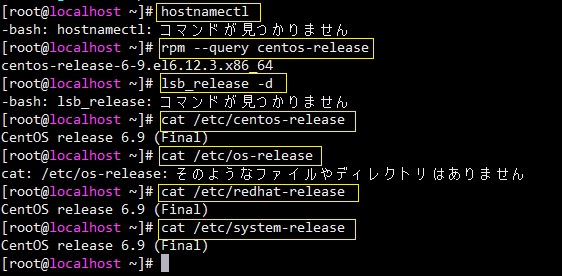

Hardware specific kernel command-line parametersĮxpand section "4.2. What kernel command-line parameters can be controlled"ģ.1.2.1. What kernel command-line parameters can be controlled"Ĭollapse section "3.1.2. What kernel command-line parameters can be controlledĮxpand section "3.1.2. Setting kernel command-line parametersģ.1.2. Kernel command-line parameters"Ĭollapse section "3.1. Listing of kernel parameters and values"Įxpand section "3.1. Listing of kernel parameters and values"Ĭollapse section "3. Listing of kernel parameters and valuesĮxpand section "3.

What tunables can be controlled?"Ĭollapse section "2.3. How to work with kernel tunables"Įxpand section "2.3. How to work with kernel tunables"Ĭollapse section "2.2. Working with sysctl and kernel tunables"Įxpand section "2.2. Working with sysctl and kernel tunables"Ĭollapse section "2.

Working with sysctl and kernel tunablesĮxpand section "2. Signing kernel module with the private keyĢ. System administrator manually adding public key to the MOK listġ.9.5. Factory firmware image including public keyġ.9.4.2. Enrolling public key on target system"ġ.9.4.1. Enrolling public key on target system"Ĭollapse section "1.9.4. Enrolling public key on target systemĮxpand section "1.9.4. Generating a public and private X.509 key pairġ.9.4. Kernel module authentication requirementsġ.9.3. Sources for public keys used to authenticate kernel modulesġ.9.2.2. Kernel module authentication"Ĭollapse section "1.9.2. Signing kernel modules for secure boot"Įxpand section "1.9.2. Signing kernel modules for secure boot"Ĭollapse section "1.9. Signing kernel modules for secure bootĮxpand section "1.9. Preventing kernel modules from being automatically loaded at system boot timeġ.9. Loading kernel modules automatically at system boot timeġ.8. Unloading kernel modules at system runtimeġ.7. Loading kernel modules at system runtimeġ.6. Displaying information about a moduleġ.5. Working with kernel modules"Ĭollapse section "1.


 0 kommentar(er)
0 kommentar(er)
